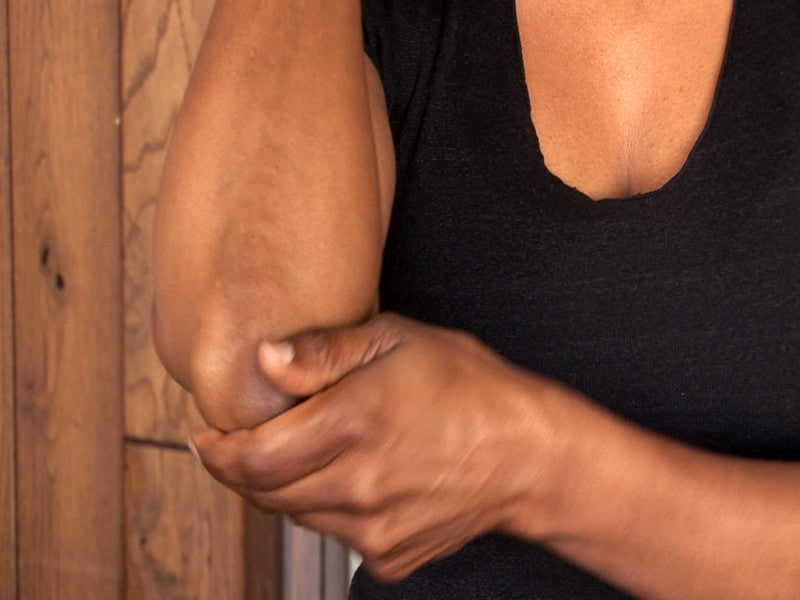What are Cannabidiol-based Edibles, Extracts, and Topicals?
Cannabidiol (CBD) has several potential medical benefits, and its products and ways of usage are quite diverse.
Regardless of what it is you decide to put into your body, take your time, learn the ins and outs of the various products, and always remember to "start low - go slow”. Cannabis's sensory benefits have been known for a long time.
Early cannabis adopters in the US discovered the benefits of the drug for anything from stress reduction to pain relief.
Smoke, vapor, and edible forms of cannabis are all quite popular. However, there is a place in the market and on the shelves for topicals as well.
You may apply cannabis topical directly to your skin, muscles, and other affected areas for fast, localized relief. Cannabidiol topicals provide the advantage of being discreet in comparison to whole-body applications.
Cannabis Topicals
Cannabis topicals are emollients, such as lotions, creams, and ointments, that have cannabis oil added to them. Everything that is designed to be applied to the skin rather than being taken within is referred to as a topical.
The potency of cannabis topicals may vary from raw cannabis oil-based topicals to lotions with trace amounts of THC or CBD integrated into them. Although there is a large selection of cannabis topical treatments, the market for these goods is not as prominent as that for edibles or vapes.
It's always a good time when you bring edibles, vape pens, and smokeable to a party, but topicals are something you buy only for yourself. Cannabis topicals can affect the way your body responds locally to pain signals, so whether you have a joint that hurts or a skin disease that stings, try using cannabis topicals.
Because of this, some cannabis topicals come in the form of ointments, while others take the form of lotions or creams. Each one is designed to address a certain set of issues or situations that need to be resolved.
Cannabis Extracts
The term "extracts" is used to describe oils, capsules, and sprays that are designed to be sprayed on the body rather than ingested orally.
Cannabis extracts are far more powerful than flowers since they are manufactured and extracted from the cannabis plant. It's worth noting that there are two main types of marijuana Extract: those that use solvents and those that don't.
Cannabis extract is a concentrated mass of tetrahydrocannabinol (THC) and/or cannabidiol (CBD), also known as marijuana concentrate, marijuana extract, or cannabis extract.
Cannabis extract has higher THC concentrations than high-grade marijuana, which typically has THC levels of around 20% and ranges from 40% to over 90%.
To manufacture extracts, volatile solvents like ethanol, butane, propane, or hexane may be utilized, potentially posing fire and explosion risks in unmanaged situations.
Carbon dioxide (CO2) supercritical fluid extraction reduces the risk of fire and explosion and yields a high-quality product.
These are some of the most well-known forms of cannabis Extracts:
- Live Resin
- Shatter Wax
- Crumble Wax
- Honeycomb Wax
- Budder or Badder
- Pull and Snap
- Tinctures
- THC Oil
These products must be packed in containers that are resistant to being opened by children, to have health warnings printed on the labels, to not be appealing to children, and to include only carrier material, flavoring agents, and compounds that maintain the product's stability.
Edibles
An edible containing decarboxylated cannabinoids (cannabinol acids converted to their orally bioactive form) from cannabis extract is known as a cannabis edible, a cannabis-infused food, or simply an edible.
Despite the general usage of the term "edible," which may apply to either food or drink, the term "liquid edible" is typically reserved for cannabis-infused beverages. You may take cannabis in the form of edibles.
Unlike when cannabinoids are inhaled into the lungs and enter the bloodstream quickly, with the effects of smoking peaking in about ten minutes and wearing off in a couple of hours, the effects of ingesting cannabis may take hours to digest, peaking two to three hours after ingestion and lasting around six hours. Whether or whether the dosage is effective depends on when it is taken and what is utilized as a vehicle.
Cannabinoids, most notably THC, are added to edibles including cookies, candies, and brownies. Because of variations in cultivation and processing methods, edibles have widely varying potencies (with some having exceptionally high amounts of THC), and this is not always made evident to the customer.
As a result, the effects seen by various users will vary considerably. It's also possible that the effects of edibles take longer to reach their peak and last far longer than those of smoking. Some people who consume drugs may accidentally overdose because they think it would take a long time for the substance to "work."
To Wrap It Up
This wide range of topical medications is designed to complement a hectic lifestyle and provide assistance in several aspects of total external wellness. If you want a targeted pain treatment or a more natural skincare regimen, our topical hemp products may be just what you need.

